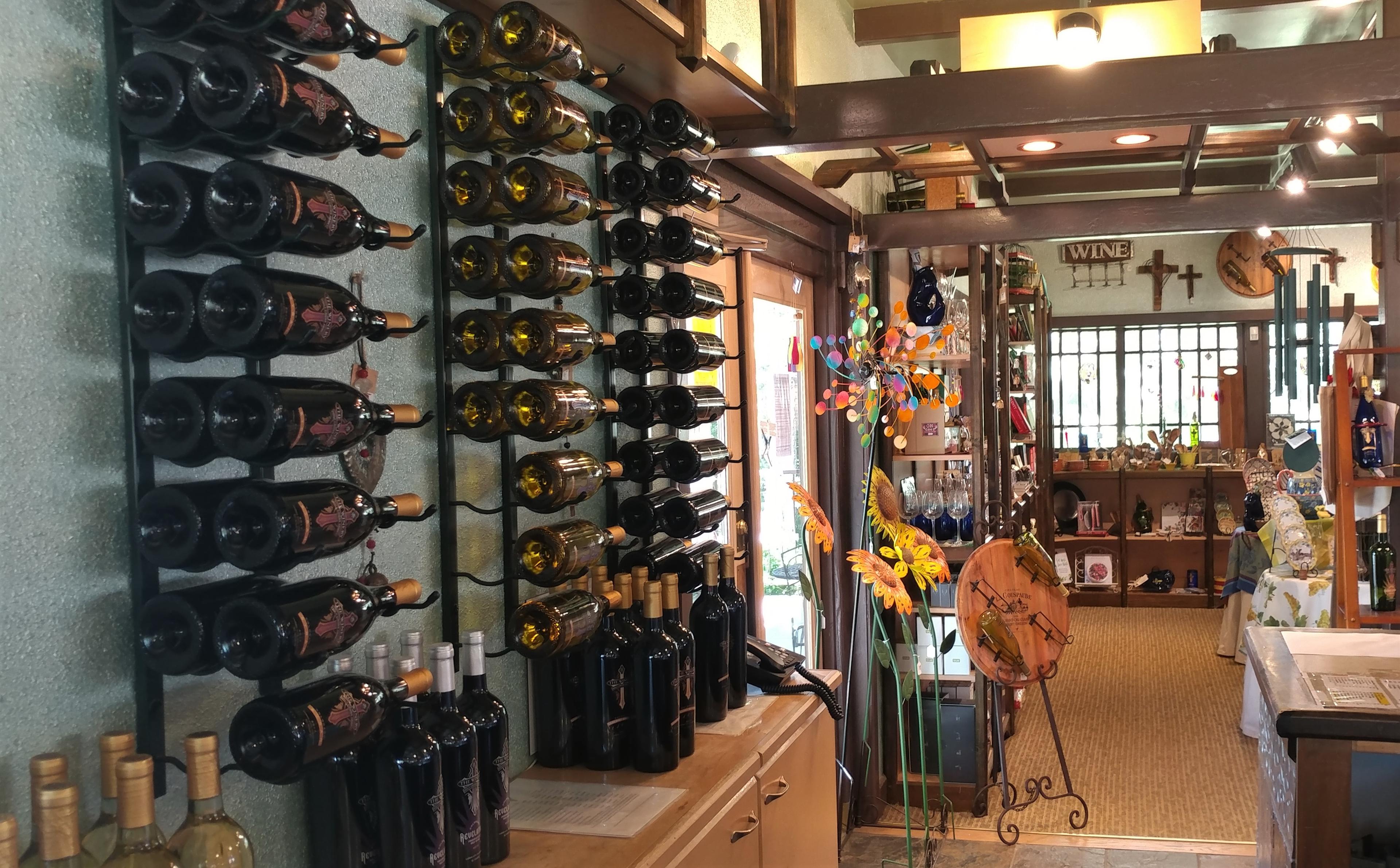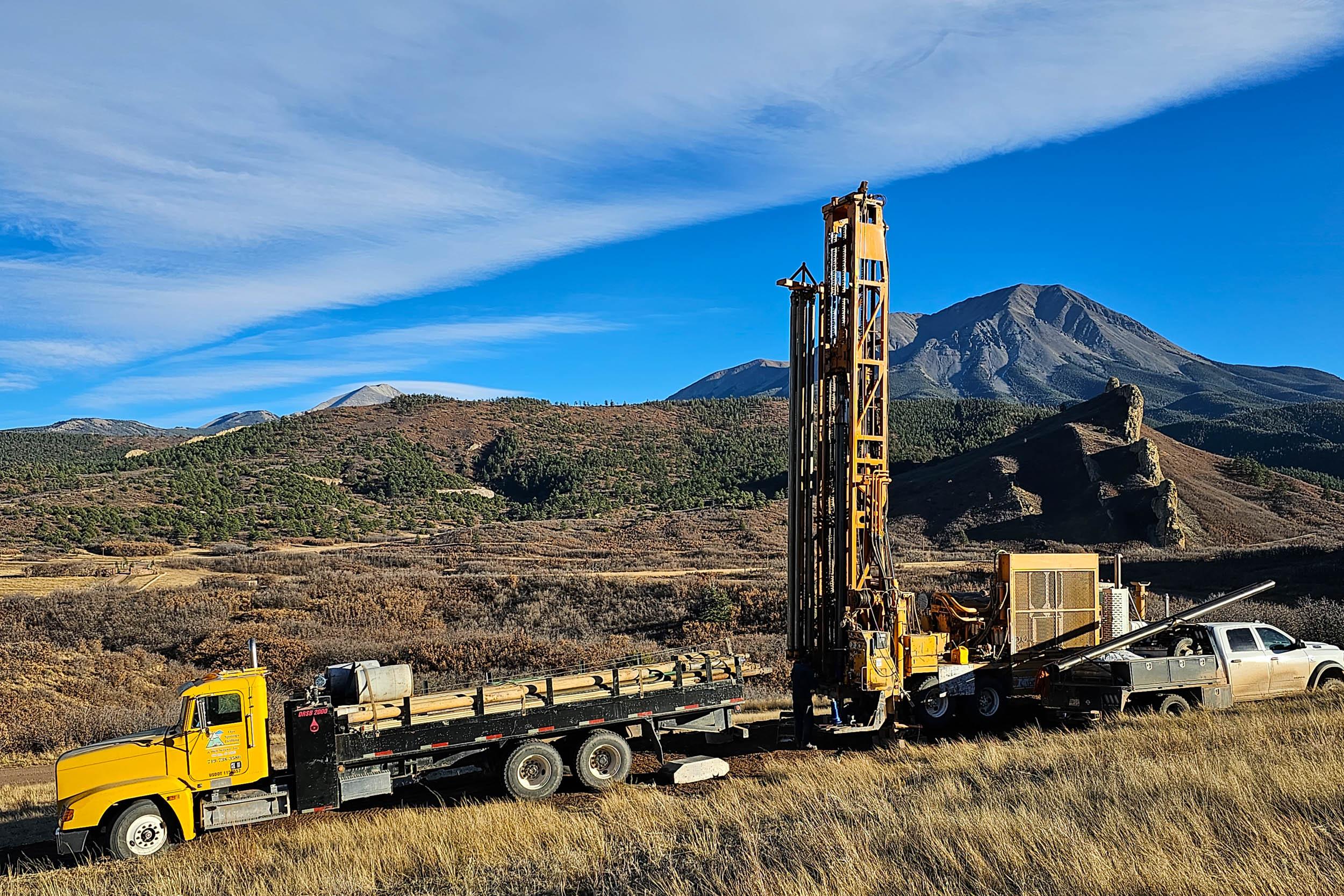
This is “Looking UP! in southern Colorado,” from the Colorado Springs Astronomical Society. I’m Hal Bidlack, and there are lots of reasons to look up!
Lots of us like fireworks. One of my favorites are the spinning pinwheels shooting sparks off in every direction. Did you know there’s a galaxy looks like it’s doing that in southern Colorado skies right now?
The Pinwheel Galaxy is thought to be the third-largest member of our local group of galaxies, a swarm of roughly 50 galaxies (most of them small dwarf galaxies) that are all bound together by gravity. The Pinwheel is much smaller at somewhere between 30 and 40 billion stars. That’s a lot, but not nearly as many as the Milky Way.
And the Pinwheel is fairly dim, so you won’t really see it without a really big telescope from Colorado Springs or any other brightly lit area. But when you can see it, you will see a beautiful spiral galaxy that looks like, well, slowly exploding pinwheel. It’s gorgeous.
But there is a remarkable thing happening inside the Pinwheel Galaxy -- a stellar nursery, un-poetically named NGC 604, where stars are being born. These baby star factories are vast clouds of gas we call nebulas. Over countless billions of years, gravity acts on the gas to pull molecule after molecule together until they collapse into a mass, and when the gravity of that mass crushes the core with enough pressure, fusion begins, and a star is born. Ta-Da!
You may have heard of a much closer stellar nursery, the Orion Nebula, which we see in our winter sky. It’s a beautiful object visible to the naked eye, and we’ll talk about it this winter. The one in the Pinwheel Galaxy, however, is at least 100 times larger, stretching more than 1300 light years across, and is home to at least 200 baby blue stars, just starting their stellar lifetimes. If that nebula was the same distance from Earth as the Orion nebula, it would be the brightest thing in the sky after the sun and the moon.
If you’d like to take a closer look at the Pinwheel Galaxy or any of the other wonderful and amazing things in the sky, please visit KRCC.org or CSASTRO.org for a link to information on our monthly meetings and our free public star parties!
This is Hal Bidlack for the Colorado Springs Astronomical Society, telling you to keep looking up, Southern Colorado!








